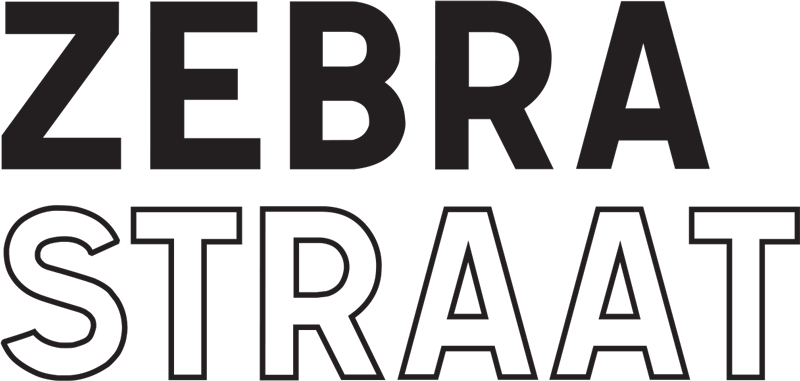The monumental sculpture named Cirbuats by artist Nick Ervinck arrived on Wednesday, April 24th, 2013, in four large pieces on big trucks. A huge crane hoisted the pieces tens of meters over the houses and put them together. "It represents a giant canvas that seems to cover something. But in fact there is nothing underneath, » says Ervinck. "The idea was to make a kind of waterfall that flows over the building. It has something of a submerged sphinx."
Nick Ervinck, with the color yellow as a trademark, is looking for the interaction between virtual constructions and (larger than life) handmade sculptures.
This monumental sculpture is so to speak grafted on the building and illustrates the contrast between the conventional models of the architecture (box) and the virtual design (blob). It is a contrast between rigid and organic forms and between physical and virtual. While most architects favour only one of these schools in design, Ervinck choose with this design resolutely for a third way: the synthesis of both. Inspired by architects like Will Alsop and Greg Lynn, Ervinck explored the potential of digital design methods for the sculpture. For Zebrastraat he designed an organic form that seems to loosen the cube, but at the same time cannot exist without the latter. This monumental work is not only a study of the media sculpture, it also challenges its existence conditions (mass, dimension, matter and gravity) in a radical way.
The veil is a very ambivalent pattern: it first hides the information, but at the same time it also emphasizes what is hidden under the cloth. The sculpted fabric stands for transformation: it conceals and reveals the matter. This art work for Zebrastraat is finally a monumental poetic ode to the volume and shape: the fundamentals of sculpture.
First Ervinck plays with the concept of 'rear'. These facades were originally not intended to be seen from the street. After the land was bought, these facades started to play a new role in the streetscape. Ervinck wants to upgrade the - often unappreciated - rear of the building, and even attribute a public function to it. With this work he also thinks about how art can be integrated into society.
By "covering" part of the facade with a veil, Ervinck reflects secondly on the processes of spatial appropriation. Its imposing structure reflects an increasingly problematic division between public and private, and a privatization process that since the 15th century has become more and more compelling. Ervinck does not want to draw a radical line between inside and outside. He would rather like to create a meeting point, which will functionally be realized by the installation of a bar at the bottom of the sculpture.
About the artwork
About the artist
 Nick Ervinck °1981, Roeselare, Belgium
Nick Ervinck °1981, Roeselare, Belgium
Lives and works in Lichtervelde, Belgium - www.nickervinck.com
Education:
1999-2003: Hogeschool Gent, Department Academy: Multimedia and 3D Mixed Media Gent
Nick Ervinck, visual artist, is working on an endless and growing archive of shapes that establish an interesting interaction between virtual structures and handmade sculptures, between sculpture and architecture. The digital images continuously contaminate the three-dimensional shapes and vice versa. In his oeuvre Ervinck uses a variety of means of expression: digital prints, video, drawings and sculptural forms mainly from painted plaster, fiberglass and wood, which are presented in a meticulous manner within a given space. The digital prints offer a view into a virtual digital world, but also to a 'different reality'. This 'looking through' shows possibilities of his research in which sculptural elements are represented in the form of always new compositions and meanings. In his realistic rooms, racks and platforms, polymorphic, synthetic forms are coming to life as mutated molecules through an artistic computer program. Walls are suddenly no longer walls, and gravity does not exist. Ervinck plays with sculptural shapes and in a blink elevates monumental 'buildings' and blows them again full of life. A house turns into a sculpture and unfolds into nothingness. It is a vigorous game with images, materials and space and a balancing act between means and objective, between meticulous calculation and inspired improvisation. In 2008, Nick Ervinck won the prize of the public of the New Technological Art Award of the Liedts-Meesen Foundation, and was also winner of the Rodenbach Price.






